After a year, we ushered in Microsoft’s new generation of 2-in-1 thin and light Surface Pro 9. The biggest change is the addition of 5G support (optional) for the first time. The processors include Intel’s 12th-generation Core Duo and Microsoft’s third-generation custom processing. device SQ3.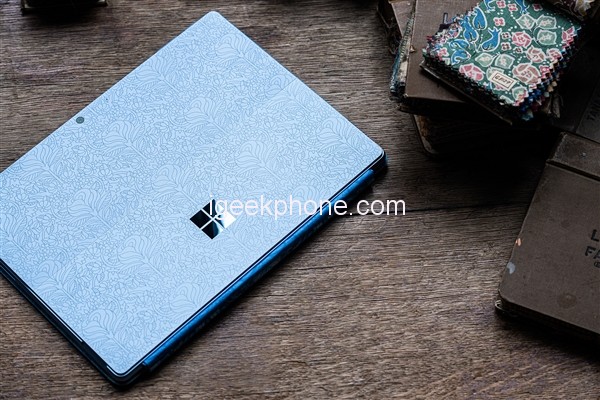
Last year’s Surface Pro 8 was redesigned from the inside out, the lightest and thinnest in history, the screen is enlarged and supports a 120Hz high refresh rate, and provides two Thunderbolt 4 ports.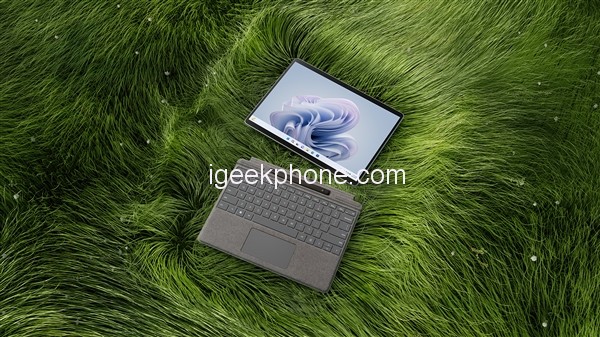
This year’s Surface Pro 9 basically continues the mold design of the previous generation, with an anodized aluminum body and a 165-degree multi-angle bracket. The thickness is still 9.4 mm, and the weight is slightly thinner, with the lightest being only 878 grams.
The colors are richer. On the basis of graphite gray and bright platinum, more beautiful Sapphire and Forest are added.
The screen remains the same as the 13-inch PixelSense, with a resolution of 2880 x 1920 and a pixel density of 267PPI. Surface Pro 9 supports 120Hz high refresh rate, 10-point touch, 1200:1 contrast ratio, sRGB color gamut, and Dolby Vision IQ (Wi-Fi version), covering Corning. Gorilla 5 Glass.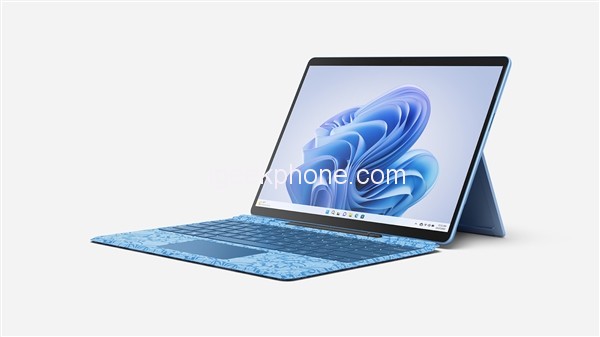
The front camera is still 5-megapixel 1080p, and the rear is still 10-megapixel 4K, but the 5G version can support Windows Studio Effects with Windows 11 and can achieve background blur, automatic centering, and eye contact during video conferences.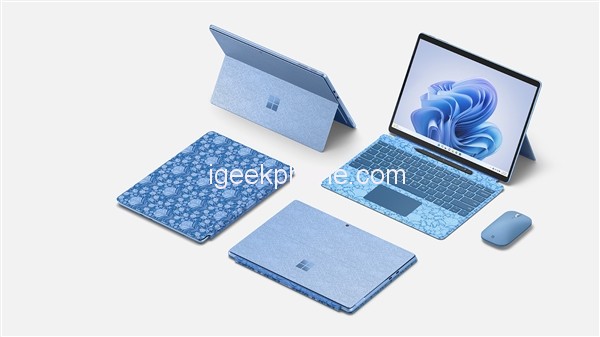
The processor is very rich. The Wi-Fi version has been upgraded to the 12th generation Core U series low-power version, which has passed the strict Intel Evo certification. The 1265U has 2 big, 8 small, and 10 cores, and integrates the Iris Xe core display, but the core specifications of the two i5 and two i7 are exactly the same, and the business version only has more abundant vPro vPro technology.
The 5G version of the processor is Microsoft SQ3, which must be customized based on the Snapdragon 8cx Gen3. It has been first launched by Lenovo ThinkPad X13s, and Huawei MateBook E Go also uses it.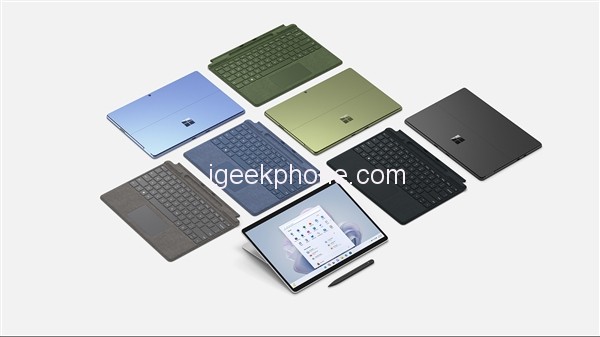
The processor has four super-large core X1, four large-core A78 CPU, integrated Adreno 690 GPU, claiming to be able to run 1080p 120FPS games, integrated NPU neural unit, AI computing power increased by 3 times, but I don’t know what aspects Microsoft has customized, maybe The frequency will be higher.
The memory of the Wi-Fi version has been upgraded to LPDDR5, the capacity is optional 8/16/32GB, and the hard disk is optional 128/256/512GB, 1TB. The 5G version still has LPDDR4X memory, the capacity is only 8/16GB, and the hard disk is only 128/256/512GB.
The network is of course very different, all support Wi-Fi 6E, and Bluetooth 5.1, 5G version also supports GPS, GLONASS, Galileo, Beidou positioning, nanoSIM physical card, eSIM virtual card, Sub-6GHz frequency band maximum download speed 2.8Gbps, mm The wave band can reach 4.2Gbps (four-carrier aggregation).
In terms of interfaces, the Wi-Fi version has two Thunderbolt 4/USB4, and 5G can only support USB 3.2 due to processor limitations. The battery life, of the Wi-Fi version, is only 15.5 hours, and the 5G version can achieve up to 19 hours, which is naturally the credit of the SQ3 processor.
In terms of price, the Wi-Fi version i5/8GB/256GB is 8488 yuan, i5/16GB/256GB 10588 yuan, i7/16GB/256GB 11988 yuan, i7/16GB/512GB 14088 yuan, and the 5G version has not been synchronized yet.
Read Also: Microsoft Surface Pro 9 Exposed with I5-1235U/I7-1255U Chipset
Compared with the Surface Pro 8, the price of the four corresponding versions has increased by 400 yuan.
Do not forget to follow us on our Facebook group and page to keep you always aware of the latest advances, News, Updates, review, and giveaway on smartphones, tablets, gadgets, and more from the technology world of the future.









